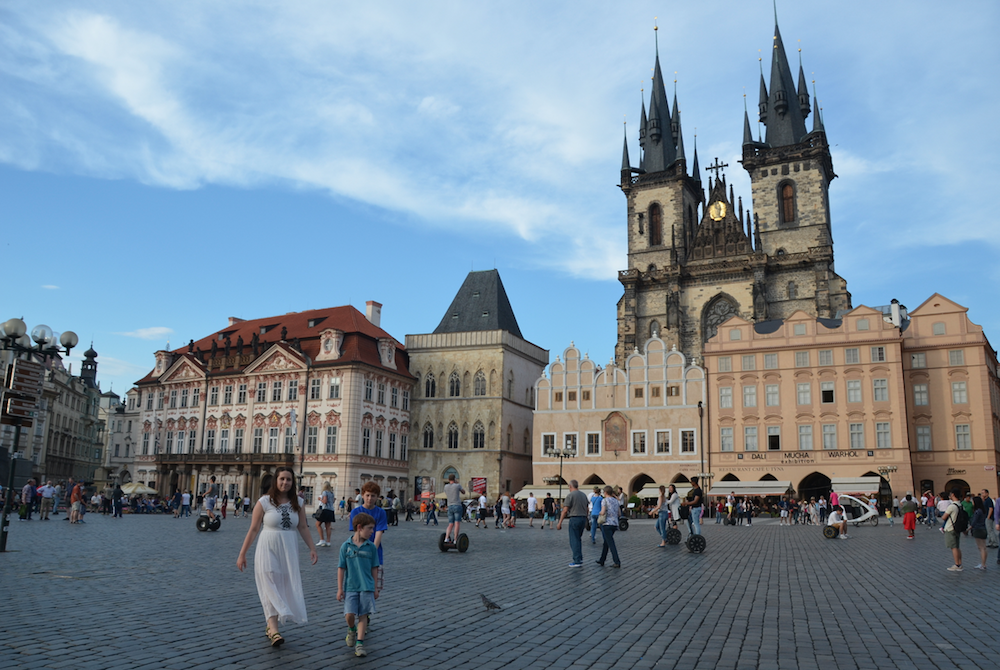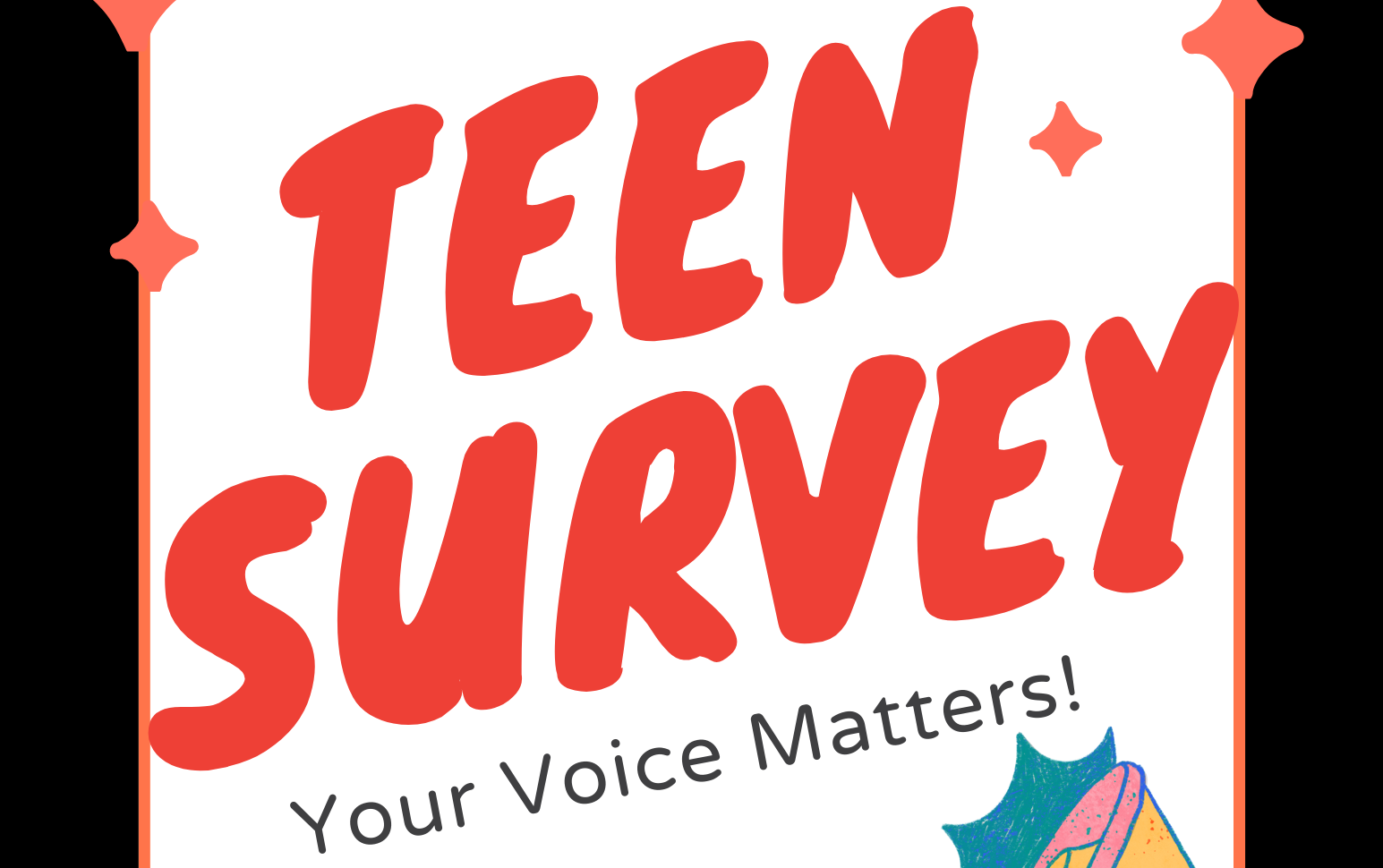Rebecca, VOX staffer, shares stories from her family’s summer travels. She’s gone from the nation’s capitol to Broadway to Eastern Europe.
Wow, Prague left me speechless. To say that it is the most romantic and beautiful city in the world is an understatement. Imagine if all of the most famous and trip-worthy cities got together to make a scrapbook with all of their memories. That scrapbook would be Prague.
I had said before that I adore European cities because of the cobblestoned streets and how happy all the people look as they walk around the plazas. As soon as I stepped off the train in Prague, I saw all of these things and knew the next four days would be great.
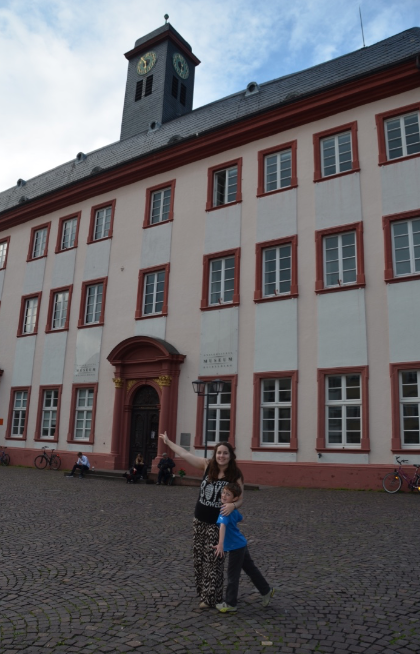
At my last stop in Munich, I was enjoying pretzels and curry sausages. The day we came back from Salzburg, we left Munich and were on the way to Cologne. Since a six-hour drive is way too much for my little brothers (and because I ended up with little brothers that complain about everything), we stopped for a few hours in a town called Heidelberg. The name may sound familiar. It is where the oldest university in Europe lies. It may look less impressive as it sounds, but it was exciting to take a picture in front of the place where Martin Luther went to college and gave one of his first theological lectures in 1518. (Yep, it’s that old!)
The town itself was surprisingly a tourist town, with many cafes and overpriced gift shops lining the streets. When you imagine or think of Germany, what type of picture comes to your mind? That image will probably be of Heidelberg.
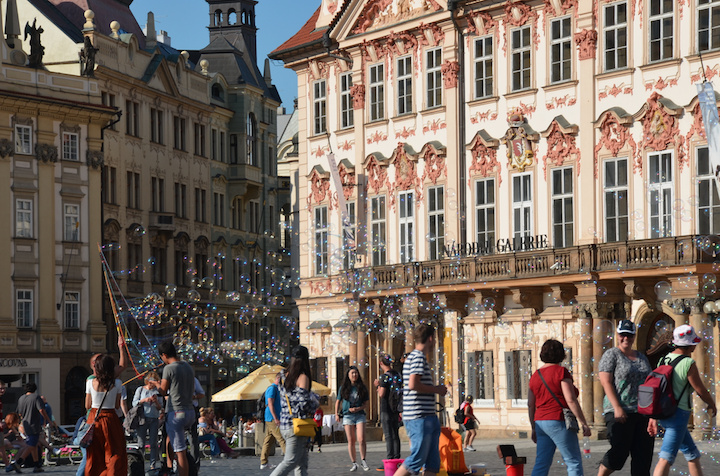
After a few brain freezes from snacking on creamy gelato, we continued our journey to Cologne to take the night train to Prague — because according to my dad the only interesting thing in Cologne was the huge cathedral and the 5 Seconds of Summer concert would be later this summer.
My parents, who had lived in Europe for most of their lives, were used to riding the night train, but it was a bit of a shock for me and my brothers. Our room was about the size of a medium closet with three bunk beds stacked on the sides. In between the beds there was barely room to walk. A shower seemed inviting after a long day of travel, but the train did not have one. A lot of hours filled with complaining passed, and then the gentle rock of the train lured us to sleep.
When we awoke, we arrived to the scrapbook that is Prague. The first half of our day was spent strolling around the old streets, glancing in souvenir shops and snapping pictures to make sure we remember the beautiful city. On the main plaza, we saw many young men and women rolling around on segways. These peculiar moving scooters were new to my brothers, so they were extremely interested in riding one and each took a turn. Apparently the young men and women on segways were attempting to advertise their tours, but after seeing the prices, my dad quickly declined.
We all gathered around the famous astronomical town’s square clock of Prague. People were standing below the clock waiting for little figurines to come out at the hour. At 4 p.m., the figurines began to move. We were a little disappointed because we had heard such great things about the impressive clock, but the figurines barely moved their tiny arms. My parents decided to go back at midnight to see if they could spot more movement from the clock, but to their surprise, the clock and its figurines did not even budge.
The river Vltava borders Prague, and the best evenings I had were spent walking along the riverside, listening to live music playing in the restaurants, and watching couples and families on the river struggle with paddle boats. We were so caught up relaxing and staring out at the river that before we knew it the sun would set and it would be time to turn in for the night. After many evenings of giggling at people not paddling well, we decided to give it a try. My brothers fought over who would drive the whole time we were on the small boat.
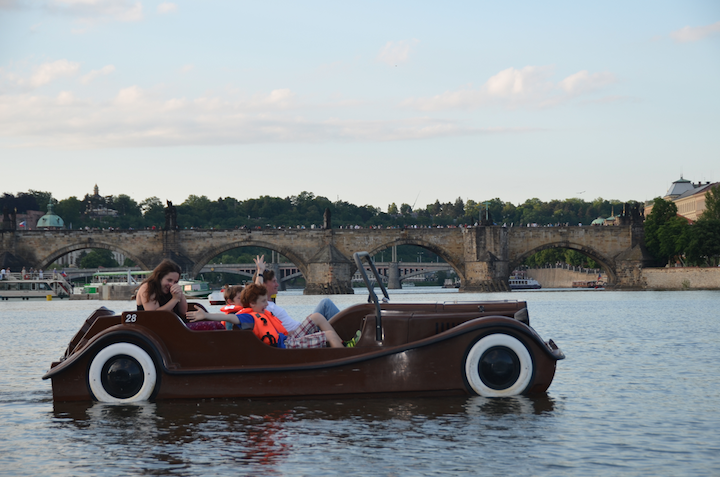
The view was spectacular. We got to paddle in front of Charles Bridge which connects the old town of Prague — where we stayed — with the opposite riverside where the Prague castle lies. The sight of the Prague Castle made me anxious to go see it. Not only did we see old architecture on the boat ride, but when we paddled downstream we came across a famous piece of modern architecture called the “Dancing House.” The house is built in such a curvy manner that an onlooker thinks the house is shaking its hips and dancing to the harmony of the car horns and bike whistles on the city streets.
A trip to Prague is incomplete without a visit to the Jewish Museum, located in the Jewish Quarter. This particular quarter was the only Jewish settlement not burned down or destroyed by the Nazis and the Soviet Union blockade during World War II. The Nazis had circled the quarter and threatened to attack it. When the war ended, they retreated, leaving the quarter unharmed. An interesting thing I learned from a tour guide was that Hitler was saving this Jewish quarter to build a museum there featuring Jewish artifacts that were not destroyed in order to show his power in crushing a whole civilization of people.
All of the museums in the Jewish Quarter are very moving. The first synagogue we went to seemed kind of empty, but when you look closer you can see the names of all the Czech Jews who died in the Holocaust painted on the wall. From afar it looks like striped wallpaper. There is no empty space, just row upon rows of names. On the synagogue’s upper floor, there was a display of art created by children who were in the Holocaust. Below each painting a little card shared the name of the child who painted it. Occasionally you would see the word “survived” next to the name, but most of the time there was a huge black space after the name, which meant the child was killed. Most of the children probably did not understand what was happening to them and why they were being outcast and preyed upon. How do you explain something like that to a child without giving them hope of survival, without ruining their innocence? You can’t.
The next section of the museum was a Jewish cemetery. Upon first look, we saw the headstones were not in careful rows and columns. They were in a jagged, unorderly pattern, with some almost on top of each other. We later learned the reason: The Jews of Prague were only allowed a certain amount of land. They kept asking the town council to give them more land for their cemetery because they were running out of room, but the council laughed. They said they could not have more land, just more dirt. So, the Jews of Prague buried their dead in layers underground. In this cemetery there are about 13 layers of bodies, which is why the tombstones seem like they are on top of each other.
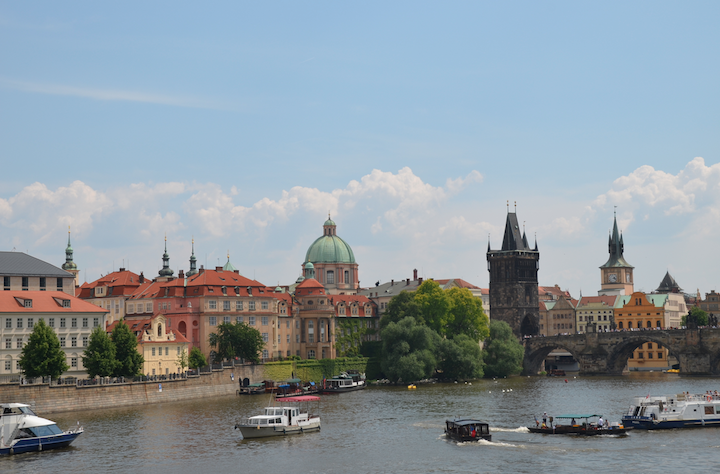
The day finally came when we crossed the Charles Bridge and arrived at the majestic Prague Castle. The castle was first opened in 870 AD, and now the president of the Czech Republic resides there. That morning we got up early to see the changing of the guards in front of the castle. After a lot of huffing and puffing, for the castle was on a very high hill and lots of stairs needed to be climbed, we were at its central gates. At noon a band began to play and the changing of the guards commenced. It was interesting that there were two types of guards. One type was in a blue ceremonial uniform, typically associated with the royal guard, while the other was in camouflage and berets, with weapons strung up on all sides. I admit, if I was a robber or invading enemy of the castle, I would not want to mess with those scary, hunky dudes.
Then we got to walk into the gates of the castle complex. One building inside the castle walls was the Saint Vitus Cathedral. The line to get into the cathedral was long, but it was worth the wait. It seemed like every corner of the cathedral was decorated with gold statues, jewels, scriptures and other expensive decorations. It may sound a bit overdone, but the amount of well-thought out architecture made the cathedral a true spectacle.
Another building tourists go see on the castle grounds is the Basilisk of St. George. It looked a lot older and less preserved than the previous cathedral, but it was still a once-in-a-lifetime experience to see the old stone architecture inside the places of worship. Another fun fact I learned about the Prague castle was that today it houses the Czech Crown Jewels, the fourth oldest in Europe.
The last stop on our castle tour was the “Golden Lane.” (You have to go to the Golden lane last because you will not be able to get back into the castle complex, even if you have a ticket.) To my disappointment, the “Golden lane” was not golden at all. It was a row of old buildings with cool museums filled with battle armor, weapons and clothing. I later found out the tourist attraction is called “The Golden Lane” because according to legends, alchemists in the sixth century had to look there to find a reaction that produced gold.
Leaving Prague was extremely hard. The city not only became my favorite European city, but it sparked my interest to travel even more and to explore places I would never think of going. Who knew a city in the Czech Republic could be so unique, so impressive and so life changing? I was already planning my next European trip in my head as we boarded a train, heading to our next destination known as the land of the tulips.

